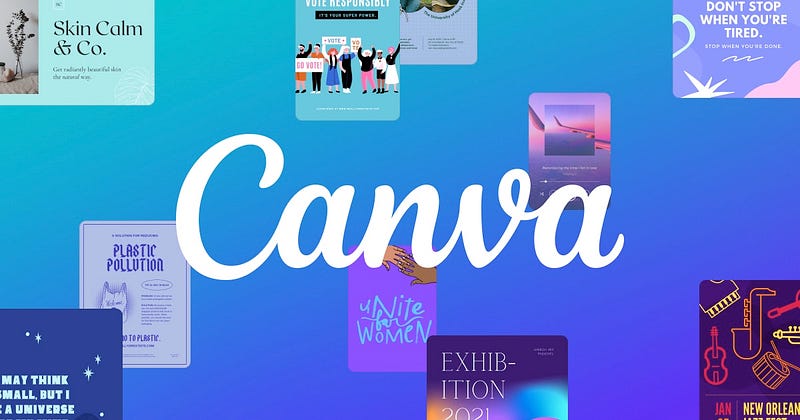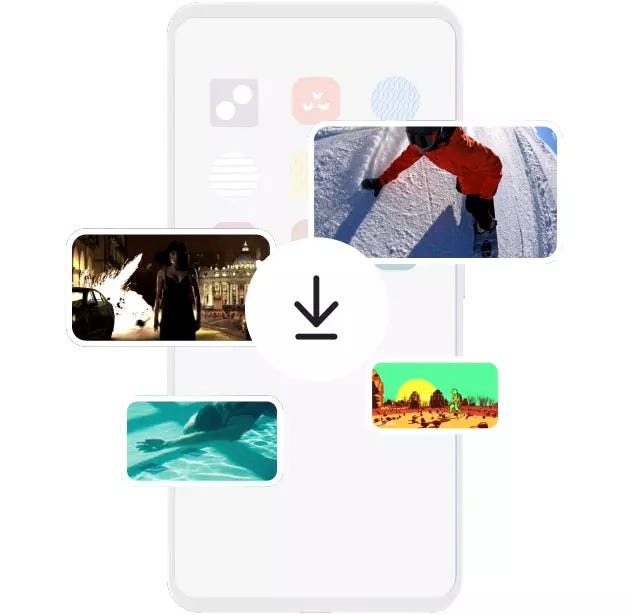
After completely transforming my business tech stack this year, I realized I was paying for way too many subscriptions that weren’t actually serving me.
I fell into the trap of “subscription creep”, I was adding new tools without removing old ones, paying for features I never used, and keeping apps out of habit rather than necessity.
So I did what I teach in my courses: I applied my own frameworks to audit my entire subscription list and now i’m cutting $2,915 in annual subscription costs while improving my workflow.
Here’s exactly what I’m keeping, what I’m cancelling, and why. This post does contain my affiliate links, if you choose to use them, thanks ❤️
What I’m Keeping

Raycast — $96/yr → Free
This Mac productivity launcher has completely replaced Spotlight for me. The custom workflows, clipboard history, and quick calculations alone save me hours each month. I was paying for the pro version to be able to sync up my macbook and mac mini but I recently switched to only one computer so I decided to cancel my pro subscription with it.
Annual Savings: $96

Setapp — $162/yr → Free
This is my Swiss Army knife subscription. For $13.50/month, I get access to 240+ Mac apps including CleanMyMac, Cleanshot, Bartender, and now Spark Mail (which replaced my $30/month Superhuman subscription). The math still works, just 2–3 apps I regularly use would cost more individually.
But I have a bonus, I joined their referral program, I actually earned enough credits to have my bill be $0 until Jan 2027. Saving me $162!
Annual Savings: $162

Claude — $20/mo
Claude has become so helpful for my workflows, everything from brainstorming to fixing code. The $20 felt steep until I realized it’s replacing my need for multiple other AI subscriptions (looking at you, Notion).

Sunsama — $20/mo → Free
I’ve been a Sunsama user for years and have promoted it as an affiliate, as well as partnered with their company to earn using it completely free. However, I was a customer before any promotion ever began and I’m still a huge fan of their software. This daily planning app is central to my productivity system and I use it as my main task manager.
Annual Savings: $240

Tella — $19/mo → $91/yr
This video recording app is my secret weapon for my content and course creation. The simple interface and easy editing make it worth every penny. I’ve considered cancelling and batching video creation to use it every other month, but for now, the convenience of having it available whenever I need it strikes keeps it in my stack. Plans start at $19/mo but I signed up during a sale event and recently switched to annual billing, saving me over half of the cost.
Annual Savings: $137

Canva — $15/mo → $120/yr
I recently switched from their monthly plan to yearly billing. While I don’t use Canva as much as I once did, it’s still essential for my business. The custom fonts and pro graphics alone make this worthwhile.
Annual Savings: $60
What I’m Cancelling (And What I’m Switching To)

Elementor + Circle — $114/mo → Ghost — $25/mo
This was my biggest cost-cut. I was paying $15/month for Elementor Pro to host my WordPress site and $99/month for Circle community hosting. I explain my choice to cancel the community in this post.
Ghost Pro gives me a faster website, built-in membership functionality, and eliminates the maintenance headache of WordPress. I’ve transitioned my Circle members to Ghost’s membership tiers so now I’ve freed up a ton of time and I’m saving a lot more.
Annual savings: $1,068

Spotify — $204/yr → Youtube Premium — $23/mo
This one’s actually pure savings. I was already paying for YouTube Premium Family (split 4 ways with my siblings, so about $69/year for my portion), but I was also paying for Spotify Premium because I preferred Spotify’s music discovery.
Then I realized I was being ridiculous by paying for two music services when YouTube Music (included with Premium) had gotten significantly better. The transition was made painless thanks to “FreeYourMusic,” a Setapp app that transferred all my playlists automatically. What could have been hours of manual work took about 10 minutes.
This is exactly why Setapp is worth it, I used a $30+ app for “free” that I never would have bought individually, but it solved a real problem when I needed it.
Annual savings: $204

Quickbooks — $49/mo → Freshbooks — $0/mo
I’ve used QuickBooks for close to a decade, and the idea of moving everything over was overwhelming, so I didn’t. But recently I had a very annoying problem with their support and decided to finally make the switch , and it was easy!
I was able to move everything over in a couple of hours, and because I don’t use many of the advanced features right now, I can work on FreshBooks’ free version. This is a recent switch, so I can’t speak much on it yet, but I’m happy to say goodbye to unused features and the big monthly cost.
Annual savings: $588

Superhuman — $30/mo → Spark Mail — Free (part of setapp)
I love Superhuman. I wrote a blog post about it awhile back — but I simply don’t get enough emails to justify this cost anymore. Spark Mail is not my favorite app either, but the unified inbox does help me clear out my folders quickly and I can set up custom shortcuts to give myself a fast triage routine. Since it’s included in my Setapp subscription, this swap saves me $360/year.
Annual savings: $360
Previous annual cost: $3,702 → New annual cost: $787
Total savings: $2,915
I’m not just saving money with this, my workflow is actually better. Fewer apps to manage, less maintenance, and everything works together.
If you want to do your own app review, don’t audit your subscriptions based on individual app value. Audit based on your actual workflow and business goals. These are some of the questions I asked myself during this audit process:
- Is this solving a real problem or just a “nice to have”?
- Can another tool I’m already paying for do this job?
- What’s the true cost including time spent managing/learning it?
- Does this integrate well with my other tools?
Sometimes the “expensive” option (like Ghost) saves more money overall when you factor in all the costs it replaces.
What subscriptions are you paying for out of habit rather than necessity? Sometimes the best productivity hack is simply hitting “cancel.”
Want to see the complete frameworks I used to audit my business and cut these costs? Check out my courses on systematic business optimization.
P.S. If you’re curious about any of these tools or want my honest take on alternatives, feel free to reach out. I’ve tested too many productivity apps over the years and I’m happy to share what actually works.
